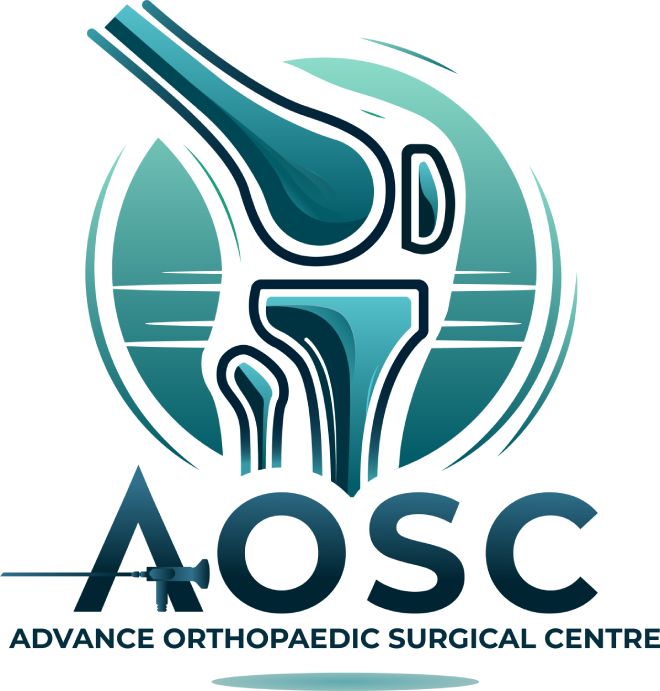Anterior Cruciate Ligament (ACL) Injury
The Anterior Cruciate Ligament (ACL) is one of the four major ligaments of the knee joint. It plays a crucial role in stabilizing the knee by connecting the femur (thigh bone) to the tibia (shin bone). The adult ACL typically measures 30–33 mm in length and 9–12 mm in width.
Anatomy of the ACL
The ACL comprises two primary bundles:
- Anteromedial bundle – Tightens during knee flexion and prevents excessive forward movement of the tibia.
- Posterolateral bundle – Becomes taut during knee extension and is essential for rotational stability.
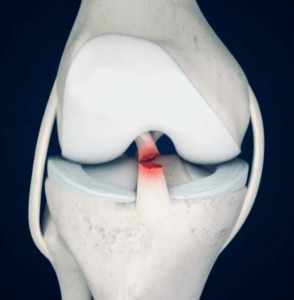
Mechanism of ACL Injury
ACL injuries are among the most common sports-related knee injuries, often leading to anterior and rotational instability. The injury usually occurs due to non-contact mechanisms, such as:
- Sudden deceleration while running
- Jumping or landing awkwardly
- Pivoting or cutting maneuvers
- Hyperextension of the knee
- Direct trauma (e.g., collision during sports)
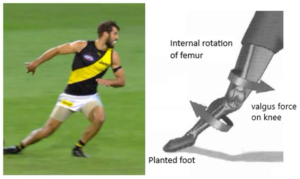
Classic Symptoms of ACL Injury
- A distinct “pop” sound or sensation at the time of injury
- Immediate pain and instability
- Difficulty bearing weight on the affected leg
- Rapid swelling within hours due to hemarthrosis (bleeding into the joint)
- Difficulty resuming activity or walking normally
- Physiotherapy – Strengthening exercises for stability
- Rest & activity modification
- Medications – Pain relief and anti-inflammatories
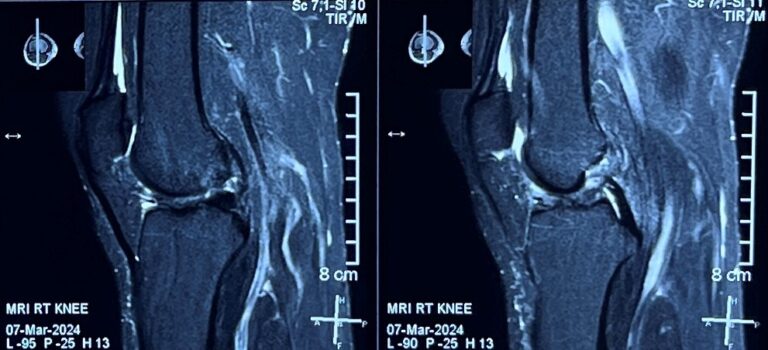
When is ACL Surgery Needed?
ACL reconstruction is recommended for:
- Young, active individuals to prevent further knee damage
- Children, as restricting activity is difficult
- Older active patients (>40 years) if they engage in sports
- Severe instability (positive pivot shift test)
- Previous ACL surgery failure
ACL Repair
- Best for fresh ACL tears
- Done arthroscopically using suture anchors
- FiberTape bracing adds extra stability, ensuring faster recovery and a quicker return to sports
Expert ACL Care in India
For best ACL treatment/surgery , Dr. Nitin Rawal and his team provide advanced care with a focus on fast recovery and long-term knee stability.
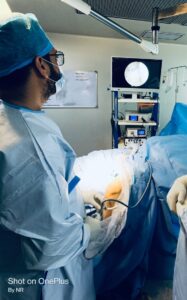
- A hamstring tendon is taken from the patient’s leg.
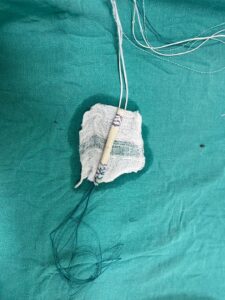
• The torn bundle is reinforced using the harvested tendon.
• FiberTape internal bracing is added for extra stability, ensuring better healing and stronger knee function.
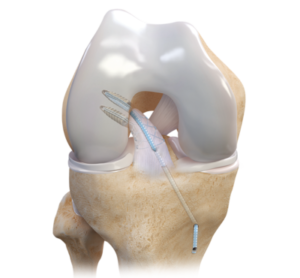
ACL Reconstruction
ACL reconstruction involves removing the torn ligament and replacing it with a hamstring tendon graft. The procedure is performed under regional anesthesia, making it painless while allowing the patient to remain awake, sometimes even watching the surgery on a monitor. It is done arthroscopically
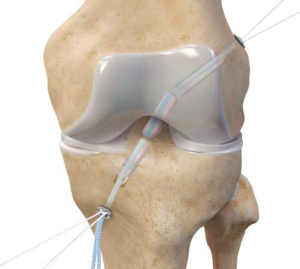
using a keyhole technique, ensuring minimal scars and a faster recovery. We specialize in all-inside ACL reconstruction with FiberTape internal bracing, a modern and highly effective technique that enhances stability and promotes better healing. This advanced approach is becoming increasingly popular for its excellent results and quicker return to activity.
For those in Gurgaon, Delhi NCR, Dr. Nitin Rawal offers advanced ACL treatments with a focus on faster recovery and long-term knee stability.
